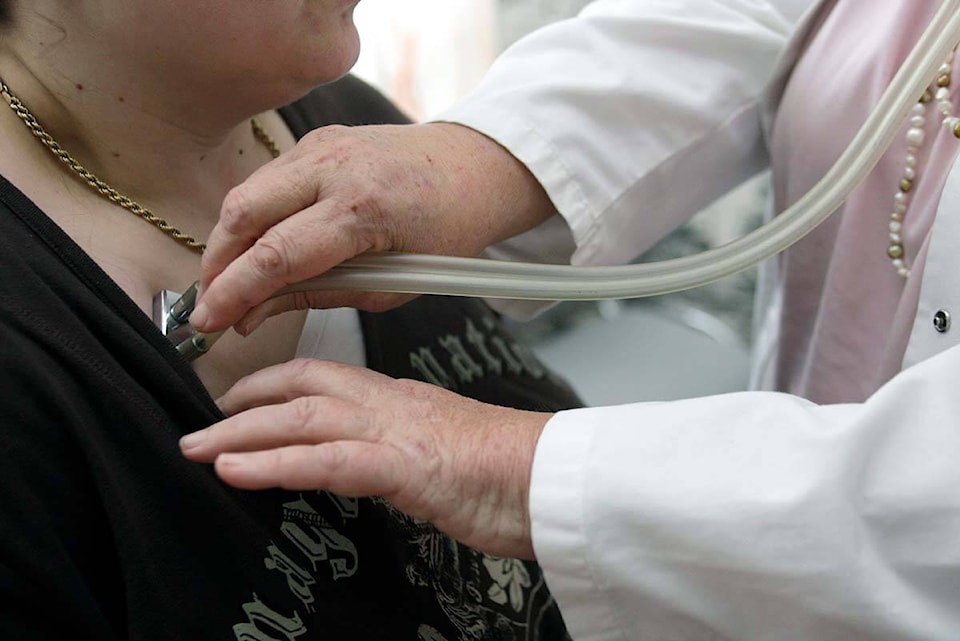B.C.’s health ministry is looking to connect more than 300,000 patients with a family doctor in announcing a new online platform launching next week.
Making the announcement Thursday (April 11), Minister Adrian Dix said the platform will allow 70 attachment coordinators to analyze which patients need doctors and which doctors have capacity to take them on, and is expected to greatly increase efficiency in making matches.
Dix said the platform, launching April 17, will help government better track the number of British Columbians without primary physicians while reducing their numbers.
Citing the 2021 Canadian Community Health Survey, Dix pegged the number of British Columbians without a family doctor at 980,000 as of mid-2023.
The new registry, however, will offer more concrete numbers.
“(We) now have a system that treats people as individuals in the system,” Dix said. “We have made progress relative to other jurisdictions. We were sixth in the number of family doctors per capita when I became minister of health. We are now first.”
He specifically pointed to the addition of 708 net new family doctors following the introduction of a new payment model last year.
“Every region saw double-digit percentage increases,” he said.
The new registry will combine information the province has been gathering since last summer through three registries.
The first, the Health Connect Registry, lists patients without primary care providers, who have said they need one. Close to 310,000 people are currently waiting on that list, Dix said. The ministry said it is looking to connect these individuals as quickly as possible once the new registry launches.
The second, the Panel Registry, lists longitudinal family physicians and nurse practitioners, who have shared their case load and their availability for more patients. So far, about 87 per cent, or 4,500 providers, have uploaded their panel data. Of them, more than 800 have indicated they have some capacity to take on more patients – about 170,000 total.
RELATED: New registry to find family doctors, other primary care open in B.C.
READ ALSO: Patient-led report calls for primary care reform in B.C.
READ ALSO: B.C. medical students offer 5-point plan for fixing emergency care
The third, the Clinic and Provider Registry, asks clinics and individual practitioners to upload their workplace, so the province can build a full picture of how many providers there are province-wide and where they operate. Close to 1,600 clinics have done so, so far.
Beginning April 17, attachment coordinators will use information from the three registries to connect patients with a range of complexities to family doctors or nurse practitioners. They will prioritize people who have been waiting the longest, and ensure family units are referred to the same practitioner together. When possible, the province says, attachment coordinators will consider other patient preferences, such as the gender of their doctor, how far they have to travel, and their preferred language.
Dix said this online process will “significantly speed up” the process.
But he could not explicity say how long individuals would have to wait between joining the system and being matched.
“So we are not offering any guarantees of a particular time,” he said. But he added that the announced improvements will allow staff to work through waiting lists faster. Staff will also regularly reach out to individuals every three months to keep them informed on their status, Dix said.
